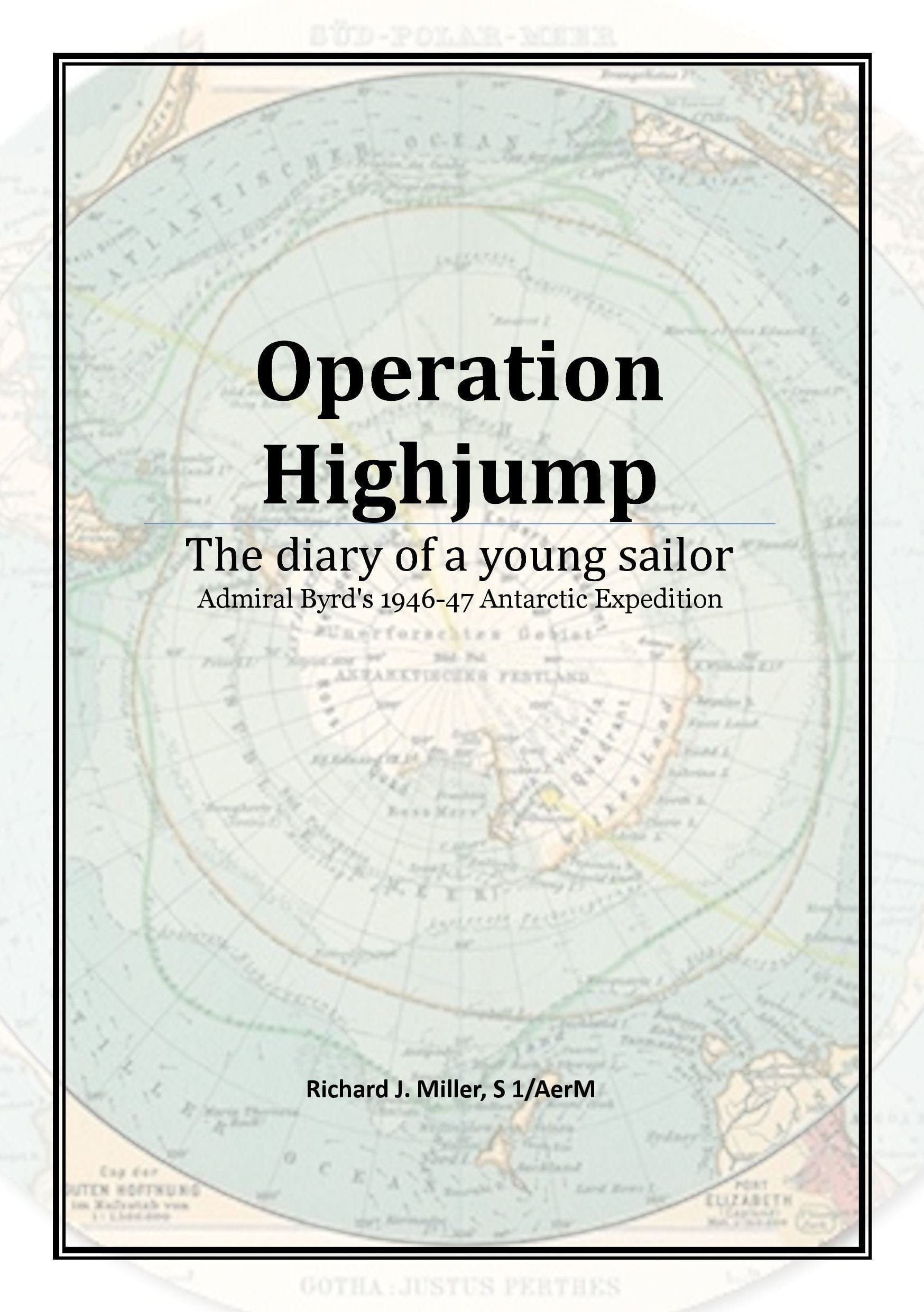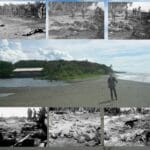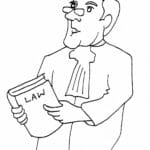Admiral Richard E. Byrd, a renowned polar explorer, left an indelible mark on Antarctica’s icy plains. His expeditions in the 20th century yielded invaluable scientific discoveries, but Byrd’s legacy extends beyond documented achievements. A shroud of mystery surrounds the alleged existence of a “lost diary,” rumored to chronicle a 1947 encounter so extraordinary, it challenges our understanding of known reality.
The Enigmatic 1947 Diary: Fact or Fiction?
While Byrd meticulously documented his expeditions throughout his career, publishing accounts of his travels and scientific findings, the diary in question, said to recount his experiences during a 1947 Arctic flight, remains elusive. The primary source for this document is a PDF titled “The Missing Diary Of Admiral Richard E. Byrd,” hosted on a website called “Galactic Anthropology.” It is essential to note that this website does not hold any recognized authority in scientific or historical communities, casting immediate doubt on the document’s reliability.
The alleged diary entry, dated February 19, 1947, describes Byrd’s flight over the Arctic. It alludes to a need for secrecy and hints at an encounter that defies “rationality,” further fueling speculation.
The Authenticity Debate: Evidence and Skepticism
The supposed “missing” diary’s authenticity is highly contested. Skeptics point to the lack of verifiable evidence, the questionable source of the PDF document, and the potential for fabrication or misinterpretation. The absence of the 1947 diary from the Ohio State University archives, where Byrd’s authentic diaries and notebooks from his 1925-1927 expeditions are held, adds further weight to their argument.
Believers, however, are captivated by the diary’s detailed narrative and its consistency with some of Byrd’s later ambiguous statements about his experiences. They entertain the possibility of a government cover-up, suggesting the diary’s contents might be too controversial for public knowledge.
A Gateway to the Hollow Earth?
Adding to the intrigue, some proponents of the Hollow Earth Theory find compelling evidence within the “missing” diary. This theory proposes that Earth is not a solid sphere but harbors a hollow interior, potentially inhabited by an advanced civilization. The diary’s description of an “inner Earth” aligns with this concept, leading some to believe Byrd may have inadvertently entered this hidden realm during his 1947 flight.
Byrd’s Legacy: Scientific Exploration and Enduring Mystery
Admiral Richard E. Byrd’s contributions to our understanding of Antarctica are undeniable. His expeditions revealed new mountain ranges, vast glaciers, and the massive Rockefeller Plateau, all meticulously documented through aerial photography and innovative exploration techniques. His teams collected geological samples that provided insights into the continent’s volcanic past and the dramatic climate changes it has undergone over millennia.
Byrd’s pioneering use of airplanes revolutionized polar exploration, enabling him to cover unprecedented distances and create detailed maps of the region. His work significantly advanced our understanding of Antarctic weather patterns, magnetism, and the aurora australis.
However, interwoven with his scientific legacy are the persistent mysteries fueled by the alleged “missing” diary. Did Admiral Byrd stumble upon a truth too profound for the world to comprehend? Or was his account a product of an imagination shaped by the extreme conditions of polar exploration? While concrete evidence remains elusive, the allure of the unknown ensures that the debate surrounding Byrd’s alleged 1947 experience will continue to captivate and intrigue. The vast, icy wilderness of Antarctica, much like the mysteries it holds, may never fully reveal its secrets.
Explore the historical significance of the Alligator Creek Guadalcanal, where fierce battles were fought during World War II, or delve into the cultural heritage of the Apache Cradleboard, a symbol of Native American tradition.
- Legalize Marinara: How a Sauce Became a Symbol (and a Side of Social Commentary) - November 22, 2024
- Lebanon Public Schools Calendar 2023-2024 & 2024-2025 - November 22, 2024
- Navigating Lucas County Property Taxes: A Guide to the Auditor’s Office Resources - November 22, 2024














